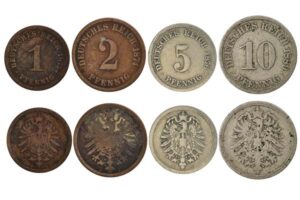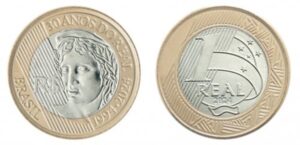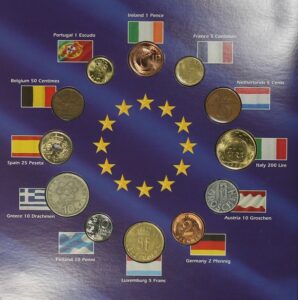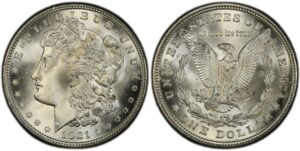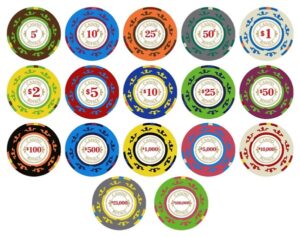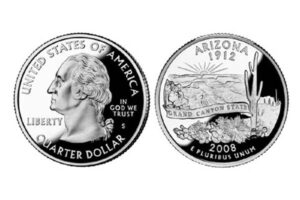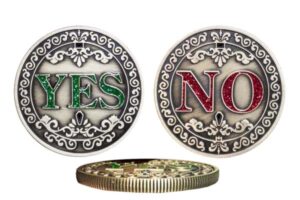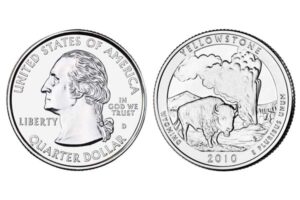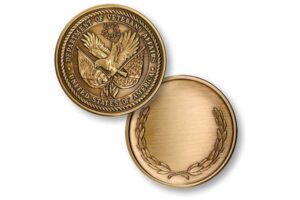
I once held an ancient gold coin and felt its weight. That moment sparked my curiosity about its origins. Today, I aim to clarify who actually issued India’s largest gold coins.
The Guptas produced the most abundant gold coinage in ancient India, known as dinaras. They introduced varied coin designs that emphasized political strength, cultural representation, and broad economic influence.
I remember first reading about the Gupta dynasty in an old textbook. That chapter intrigued me, so I searched for more. Now, I will share what I discovered and explore deeper questions.
Which king started minting gold coins in India?
I used to think gold coinage existed in India forever. Then, I learned that several rulers introduced it at different times. This second question opens a window into who pioneered the trend.
The Kushana kings initiated India’s gold coin minting. They used these coins to symbolize power and commercial reach, setting a precedent for future dynasties.
Kushana Influence
I studied historical notes that highlight the Kushana rulers’ strategic use of gold coins. Here are some key insights:
- Political Motivation: They used gold currency to show their authority.
- Trade Empowerment: Their gold coins helped cross-border trade with Central Asia.
Economic and Cultural Impact
They established a strong network with merchants. This network fueled economic ties that outlived the kingdom itself. Different symbols on the coins reflected both Greek and Indian artistic styles. This blending intrigued me. It showed how cultures merged through commerce.
Kushana Gold Coin Characteristics
| Feature | Description |
|---|---|
| Composition | High-purity gold |
| Common Symbols | Greek deities, local motifs |
| Circulation Area | Central and North India |
| Historical Era | 1st to 3rd Century CE |
Those coins hold meaning beyond mere currency. They express political ambition and bridging cultures. When I see Kushana coins, I’m reminded that trade routes like the Silk Road were more than corridors for goods. They were avenues for ideas.
Which coin was issued by Chandragupta II?
I have a friend who collects ancient coins. He once told me about a special silver coin from the Gupta era. This clue led me to Chandragupta II.
Chandragupta II struck silver coins called Rupakas1. These coins displayed graceful designs, often featuring the king’s profile and precise inscriptions that enhanced their visual appeal.
I thought the Guptas only focused on gold coinage. However, the silver Rupaka was a unique example of their willingness to diversify. This approach helped them engage different trade groups who often preferred silver for daily transactions.
Chandragupta II’s Monetary Strategy
I wanted to understand why a mostly gold-oriented dynasty also minted silver coins. I found that:
- Market Expansion: Silver coins attracted a broader range of traders.
- Regional Acceptance: Many local economies used silver for smaller dealings.
- Royal Identity: Inscriptions and symbols on Rupakas highlighted the king’s achievements.
Cultural Reflections
Chandragupta II’s coin designs often depicted the king’s grandeur. This tactic reinforced loyalty among regional leaders. Each coin told a miniature story of sovereignty, culture, and faith. That multi-dimensional approach made me realize how currency can shape political narratives.
Who issued gold coins in India first?
When I started exploring Indian numismatics, I thought “Gupta” was the earliest name. But the deeper I researched, the more I uncovered earlier influences.
The Indo-Greeks first introduced gold coinage in India around 270 BCE2. They established new standards in minting, leading subsequent empires to adopt and refine their techniques.
I imagine how exciting it must have been for local inhabitants to see Greek inscriptions or iconography. These foreign influences gradually blended with Indian traditions. That cross-pollination laid groundwork for future dynasties, including the Kushanas and Guptas.
Indo-Greek Innovations
I see Indo-Greek coins as early examples of cultural fusion. They often depicted Greek gods on one side and local motifs on the other side. This approach signaled respect for local beliefs, while still asserting the Greek ruler’s presence.
Numismatic Techniques
They introduced advanced striking methods. They standardized weights to match Hellenistic norms, ensuring consistent acceptance across diverse regions. This focus on precision gave their coins broad appeal.
Indo-Greek Contributions
| Aspect | Contribution |
|---|---|
| Design Elements | Bilingual inscriptions |
| Weight Standards | Based on Hellenistic units |
| Imagery | Greek deities + Indian symbols |
| Legacy | Inspired Kushana, Gupta coinage methods |
Those influences continued well past the Indo-Greek era. Each subsequent kingdom reshaped the legacy, adding local aesthetics and political messages.
Which Gupta ruler issued gold coins?
The Gupta legacy often highlights Samudragupta’s expansions and Chandragupta II’s achievements. But there’s a lesser-known story about the earliest imperial Gupta currency.
Chandragupta I is typically recognized as the first Gupta ruler to introduce gold coinage. The Chandragupta-Kumaradevi type coins are considered the earliest gold coins of the dynasty.
I recall stumbling upon a museum piece showcasing one of those rare coins. It depicted King Chandragupta I and Queen Kumaradevi. That coin underscored the alliance between two influential families, bridging political relationships and heralding a stable era.
Chandragupta I’s Role
Chandragupta I’s gold coins often revealed refined artistry. The inscriptions included both the king’s and queen’s names. That practice highlighted a strategic marital partnership, uniting crucial kingdoms.
Symbolic Partnerships
I’m fascinated by how the coin not only showed royalty but also advanced a subtle political message. It publicly honored both dynasties involved in the marriage. This act solidified unity and influenced how future Guptas showcased family lineage on currency.
Chandragupta I Gold Coin Features
| Feature | Description |
|---|---|
| Obverse Design | King and Queen standing together |
| Reverse Design | Deity or religious emblem |
| Language | Brahmi script |
| Purity | Typically high-quality gold |
These coins present a snapshot of the Gupta empire’s emerging power. I see them as a reflection of how currency functioned not only as a medium of exchange but also a tool for political narrative.
I often find myself revisiting the broader impact of gold coin minting. Beyond a simple timeline of who minted what, there were deeper economic, cultural, and social influences.
The Ripple Effect of Gold Coins
Gold coins often traveled along trade routes, bridging faraway lands. They reached merchants who valued purity and consistency. As each coin circulated, new connections formed across regions that might otherwise have stayed isolated.
Influence on Art and Culture
I noticed how coin designs became a canvas for artisans. Images of gods, kings, and symbolic animals reflected each empire’s core beliefs. Over time, artistic competition led to increasingly intricate details that showcased the best of each era’s craftsmanship.
Political Messaging and Stability
Gold coins also signaled stability. Rulers who issued them demonstrated strong governance and resource control. This stability built trust with foreign merchants. It attracted trade and helped local economies flourish.
My Recommendation for Gold and Silver Coin Production
Before I end, I want to share an opportunity. I run a factory in China called INIMAKER. My name is Joshua White. We specialize in producing medals, badges, commemorative coins, and challenge coins. We operate as a wholesale B2B manufacturer with four production lines. Our buyers are from the United States, Russia, France, the United Kingdom, and other European and American countries. They include corporate buyers, sporting goods suppliers, travel businesses, museums, and coin dealers. We focus on deep customization with stable logistics, certifications, and flexible payment methods. We showcase our products on Alibaba, at exhibitions, and on our own independent site. If you want to create high-quality gold-plated or silver-plated coins for teaching, collecting, or gifting, I invite you to contact me. My email is info@inimaker.com, and you can visit www.inimaker.com for more details.
Conclusion
The story of gold coin issuance in India weaves through dynasties. Different rulers brought new designs and ideals. Each coin reflects an empire’s artistry, economics, and ambition.

